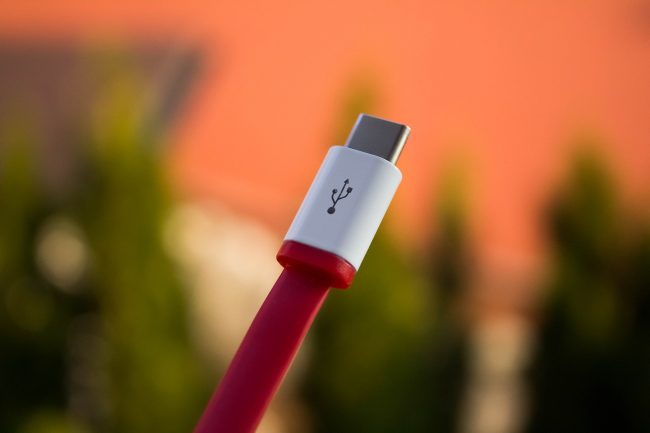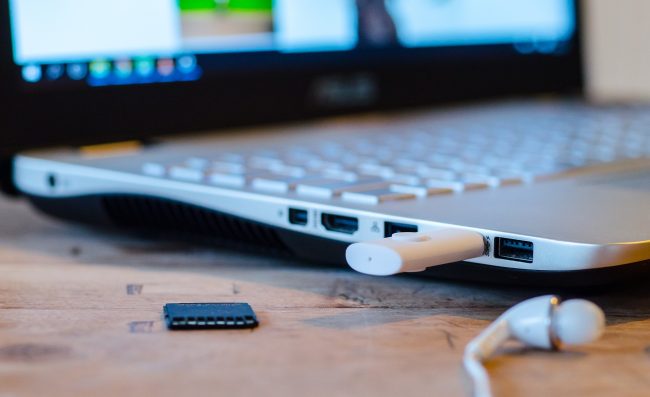Today, the USB Implementers Forum (USB-IF) standardization organization announced USB 3.2. Although it remains somewhat difficult to comprehend all of the various USB 3 standards, USB 3.2’s performance characteristics seem quite appealing (20 Gbit/s). That said, I can’t wait for USB 4, which will be a true universal connector!
23 years old and still thriving. Introduced in January 1996 with version 1.0, USB (Universal Serial Bus) is a standard that continues to evolve to meet our ever-increasing throughput needs while, at the same time, remaining extremely easy to use.
USB 3.2 has arrived. While USB 3.1 operates with a single channel and can achieve data rates of up to 10 Gb/s, USB 3.2 will employ two channels.
The USB-IF has proposed three names for USB 3.2, depending on its speed:
• SuperSpeed USB (USB 3.2 Gen 1)
• SuperSpeed USB 10 Gb/s (USB 3.2 Gen 2)
• SuperSpeed USB 20 Gb/s. (USB 3.2 Gen 2×2)
This distinction is commendable, especially in light of the various developments of the USB 3.1 standard and its “Gen” nomenclature which was sometimes difficult to understand. However, it seems inevitable that unscrupulous manufacturers will attempt to pass off 5 Gbit/s SuperSpeed USB devices as 20 Gbit/s devices…

The USB 3.1 standard refers to transfer rates, it does not describe connector formats (USB Type-A, Type-B, Type-C, micro-USB, etc.) or USB power supply.
With the evolution of power delivery technology launched in 2012, the amount of power that compatible hosts are able to provide to devices increased from 4.5 W to 100 W per port. When a device is connected, it can request up to 20V at 5A from the host. However, before the host delivers more than 5 V at 900 mA, it first checks the cable to ensure that it is able to safely provide the required power. If the cable confirms that it is able to support a higher power, the host will provide it.
When transitioning to USB 3.2, it will not be necessary to get rid of your USB 3.1 type-C cables because they will remain compatible. However, you will need to wait a while before being able to use the new USB standard. At first, only PCs will feature USB 3.2 connectors; motherboards with USB 3.2 could be released as early as a few months from now.
As far as connectors are concerned, the SuperSpeed USB 20 Gb/s (USB 3.2 Gen 2×2) will use the Type-C connector.

Here comes… USB 4
On March 4th, USB-IF announced the imminent release of the USB 4 specification, a major update that will provide the next generation of USB architecture. This universal connector will be able to transfer data, images, and power via a single cable.
“ The primary goal of USB is to deliver the best user experience combining data, display and power delivery over a user-friendly and robust cable and connector solution,” said Brad Saunders, chairman of the USB Promoter group (which includes Apple, HP, Intel, Microsoft, Microsoft, STMicroelectronics, among others).
USB 4 is based on the Thunderbolt protocol specification recently provided by Intel that doubles the USB bandwidth. The theoretical throughput would be 40 Gb/s (like Thunderbolt 3). This interface will use USB type C connectors and will maintain backward compatibility with USB 2.0, USB 3.2 and Thunderbolt 3 interfaces. The specifications for USB Type-C and USB 4 should be published within a few months while the first USB 3.2 devices are slated to arrive in 2020.

In the end, the transfer rate of the SuperSpeed in question doesn’t really matter since a peripheral device and host device will adapt to each other in order to accomplish the data transfer.
Read more:
USB 3.0 vs. USB 3.1 vs. USB Type C
How to solve Android Phone USB connection not showing when connected via USB cable?
